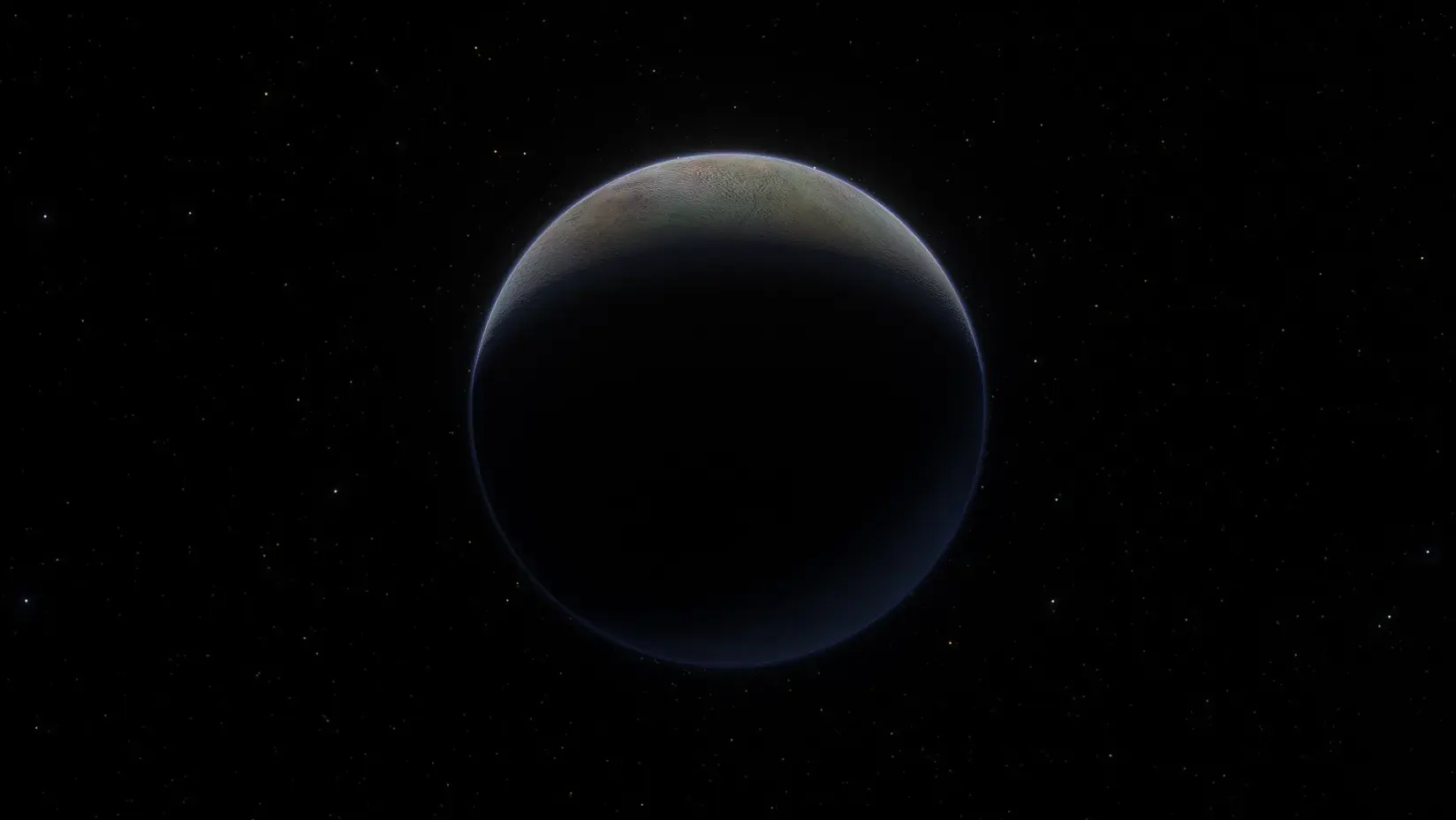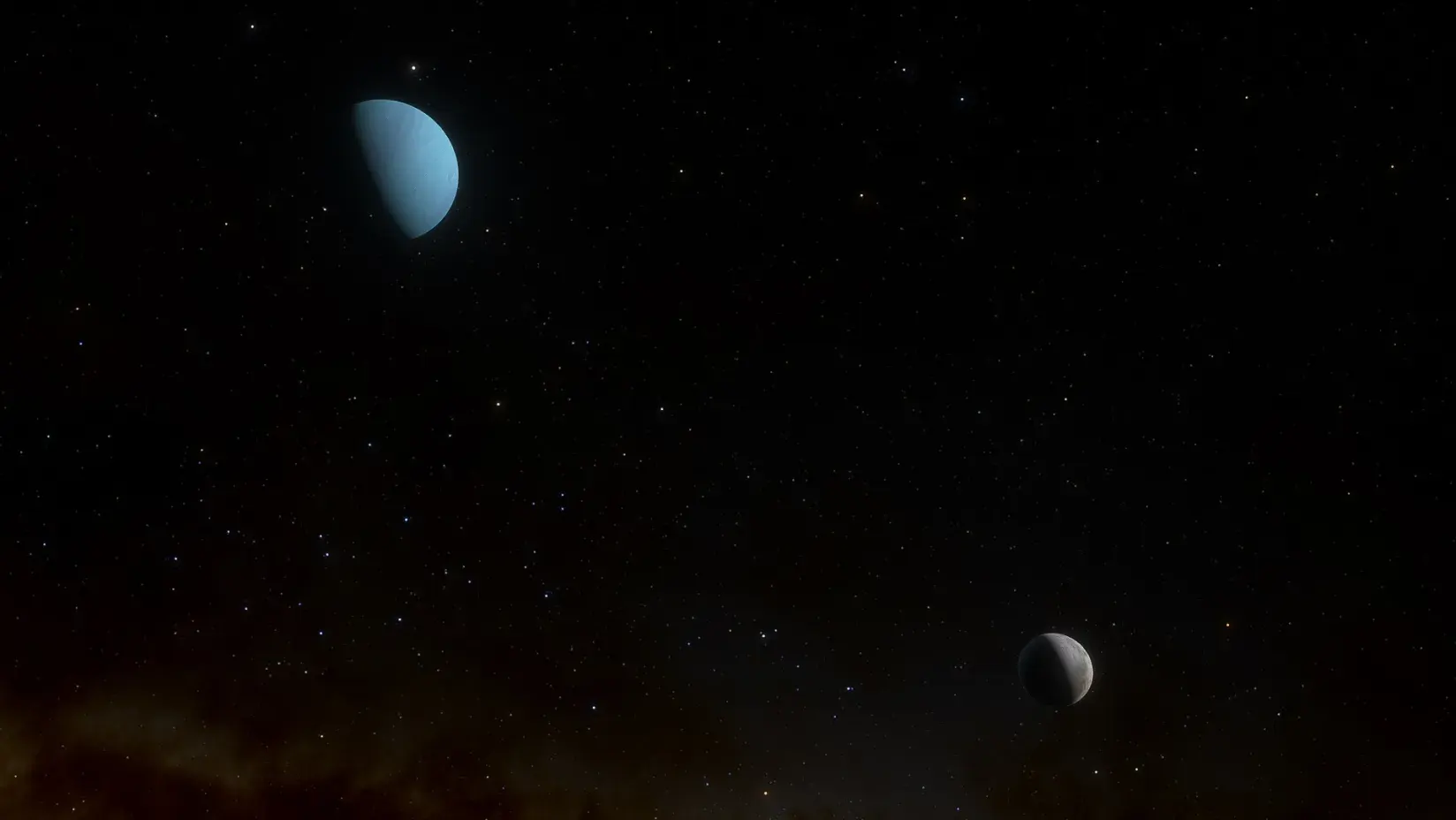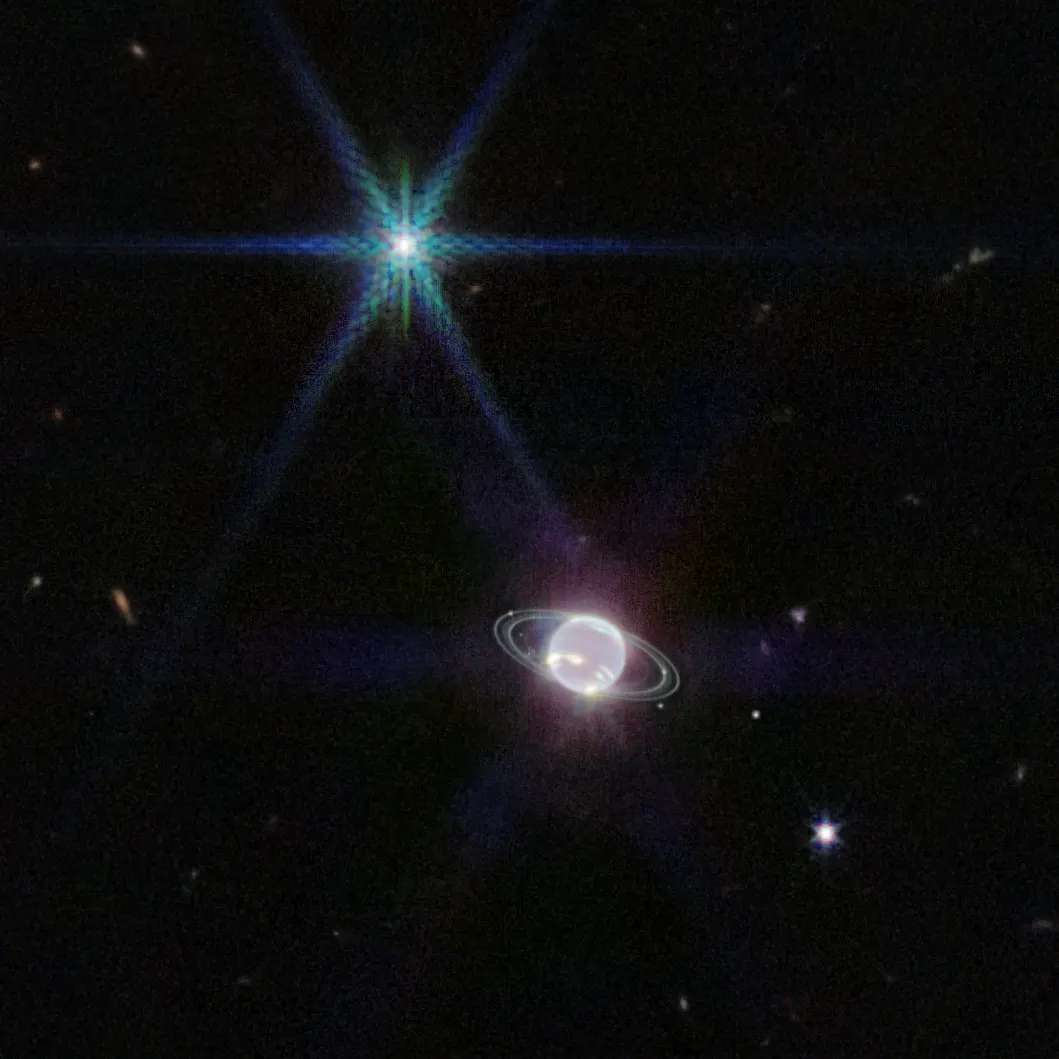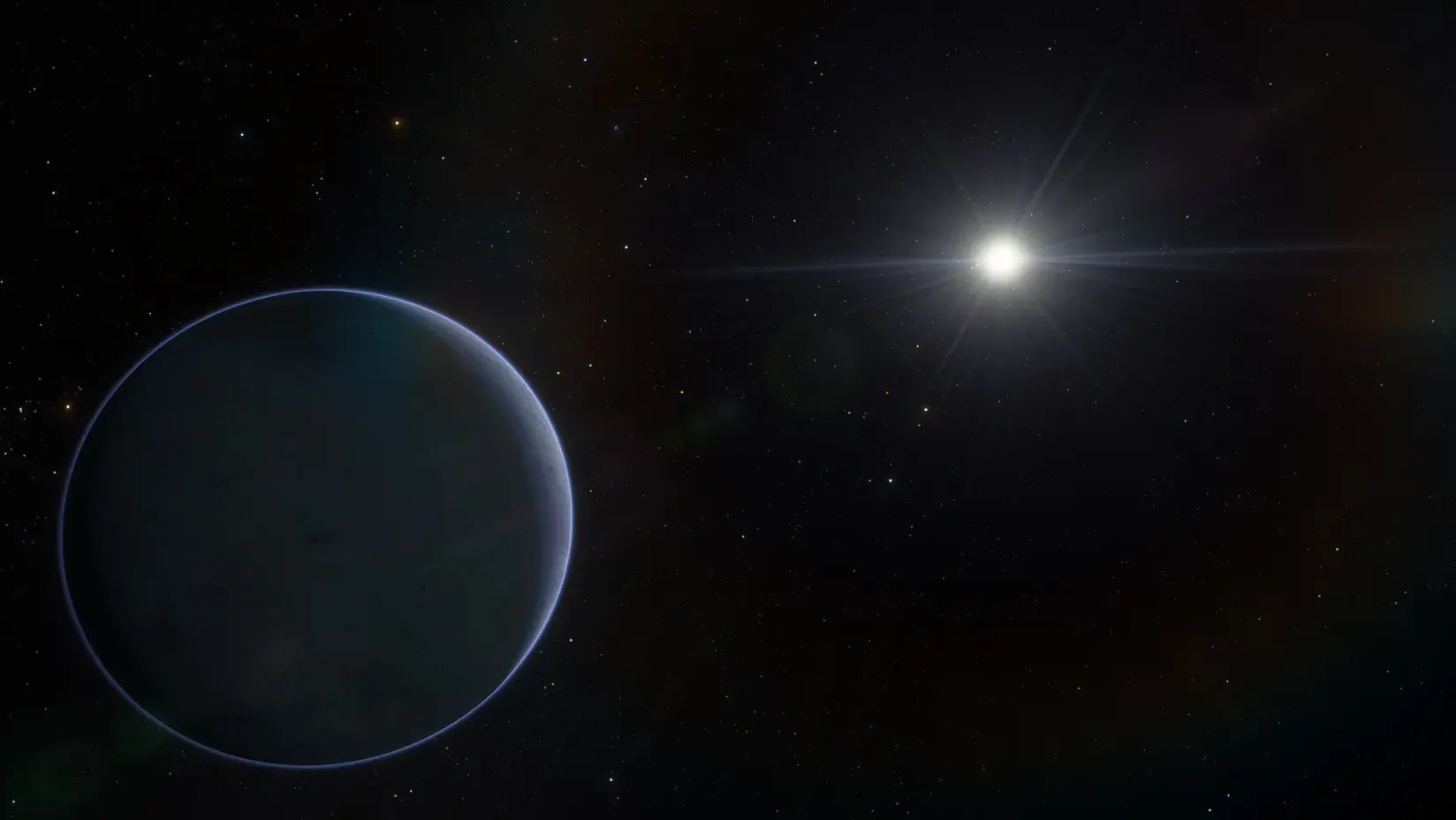
It’s no secret that Triton, Neptune’s largest moon, sticks out of the crowd, much like a fire within the haystack. Named after the eponymous son of Poseidon, its deep valleys, cliffs and fleeting atmosphere have captivated astronomers, compelling the Voyager 2 probe to its gravitational pull, shining a brilliant blue against the black backdrop of space.
The largest of Neptune’s 16 moons, Triton strikes as a bit of an anomaly. Its radius, at 1350 kilometers, is nearly 7 times that of Proteus, Neptune’s second-largest moon, forming the bulk of the Neptunian system’s mass. It orbits opposite to the direction of its planet’s rotation and at a 157-degree inclination to the ecliptic - Neptune’s equator.

Most moons form alongside the planet; during the tumult of the early solar system, it’s likely that Neptune would’ve had an accretion disc from various collisions encircling itself, forming what are now its Inner Moons. This accretion disc, as it spun, would’ve flattened towards the ecliptic plane, leading to the creation of the moons towards the same plane.
As a result, Triton’s large angle of inclination suggests that it didn’t form on the plane. For such a large body (relative to the mass of Neptune) to have formed through the accretion method suggests that the moon would’ve constituted a large portion of the material in the disc. With a density of 2.06 g/cm^3, similar to that of Pluto (1.88g/cm^3), scientists now believe that Triton was a former Kuiper Belt object (much like Pluto) that had been captured by Neptune’s gravity and forced into its system.
Until 1989, the Neptunian system was a dead pixel in our astronomical databases; no telescope was powerful enough to resolve details on nor analyse the surface of the planet, let alone its moons. Voyager 2, on its last stop to interstellar space, was the gateway to humanity’s modern knowledge of Netpune. It was the first time we made out any surface details of Neptune; the first time we saw Neptune’s blue colour, the first seeing of the Great Dark Spot (link) and a first glimpse into its faint ring system!

Voyager 2 also took its time to take a look at Triton - it remains the first and only source of Triton’s pockmarked surface. It also discovered the presence of geysers - plumes of water shooting out of the crust, showing geological movements unusual for satellites.
There remains much to discover about the two ice giants and Triton - from the origins of Uranus’ 90 degree inclination to a spectral analysis of Neptune’s clouds, the possibilities for future discoveries are endless! Though JWST’s images of the two planets have been invaluable, information from Voyager 2, now antiquated, is our only source for a close-up analysis of the ice giants in the intermezzo between space missions. Moreover, Triton’s theorised to have a subsurface ocean that may have hydrothermal vents, much like Europa or Titan. Similar to Enceladus, its surface also undergoes a ‘renewal cycle’, giving it a relatively smooth appearance, burying evidence of past meteorite collisions.
All these revelations are waiting for us just past the 35AU mark from the sun. It’s important we plan a mission back to this enigmatic astronomical body in the near future, unlocking the secrets of the far solar system one step at a time.

Like what you see? Feel free to subscribe to our blog to receive updates whenever we post.
Sources (Further Reading)
https://science.nasa.gov/neptune/moons/triton/
https://science.nasa.gov/mission/voyager/voyager-2/
https://www.nasa.gov/history/175-years-ago-astronomers-discover-neptune-the-eighth-planet/
https://science.nasa.gov/neptune/moons/triton/
https://www.jpl.nasa.gov/images/pia23874-trident-exploring-the-mysteries-of-triton